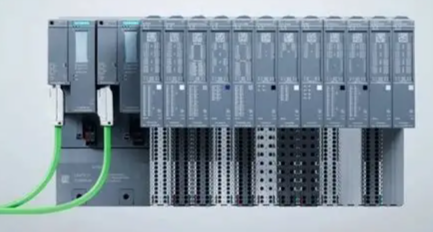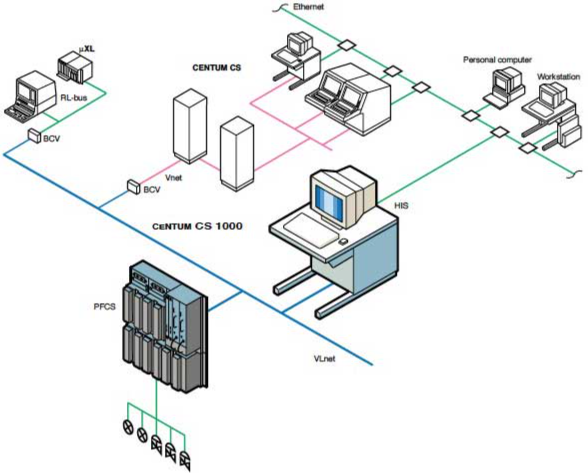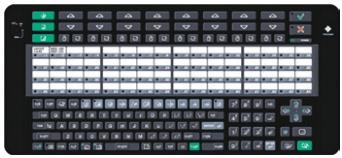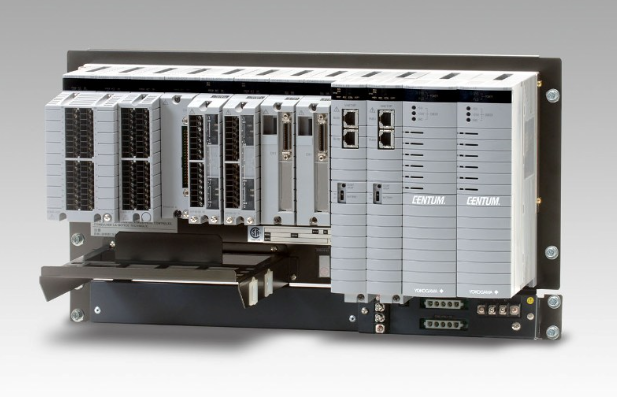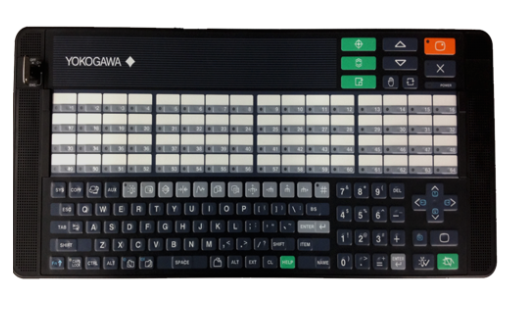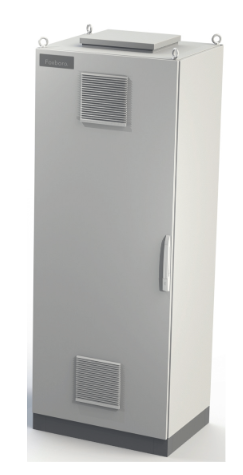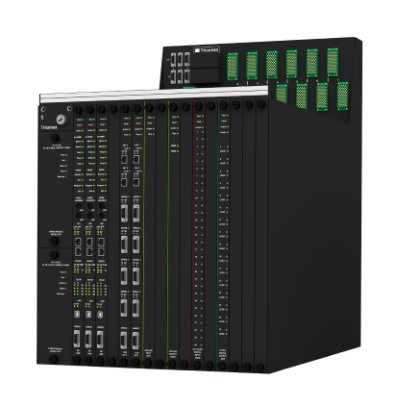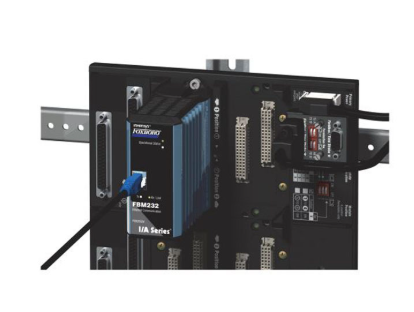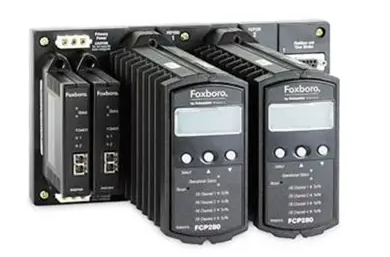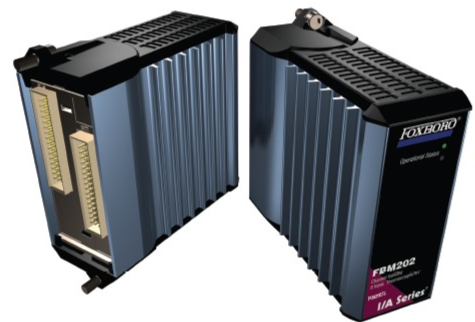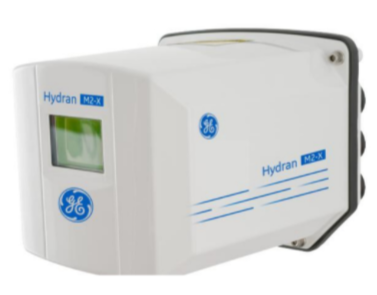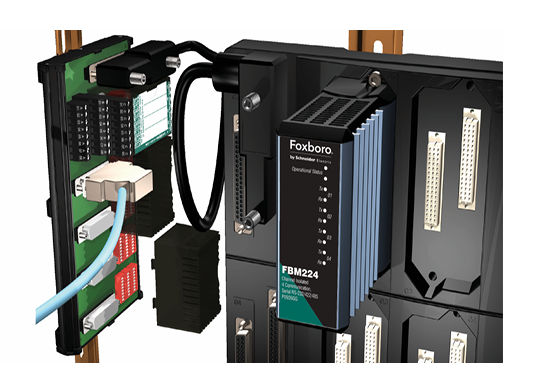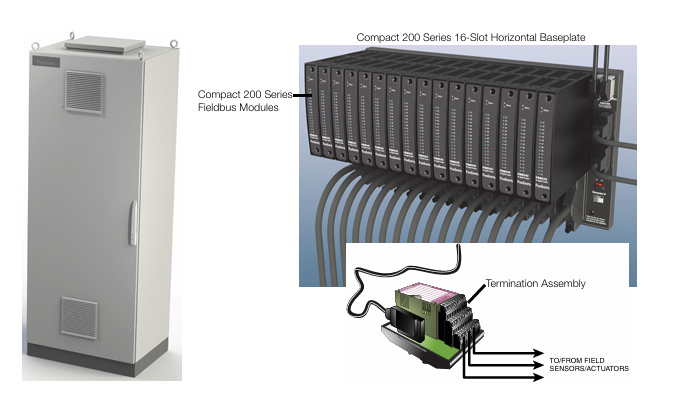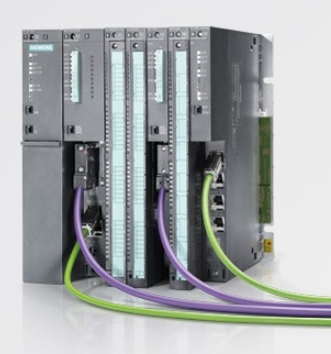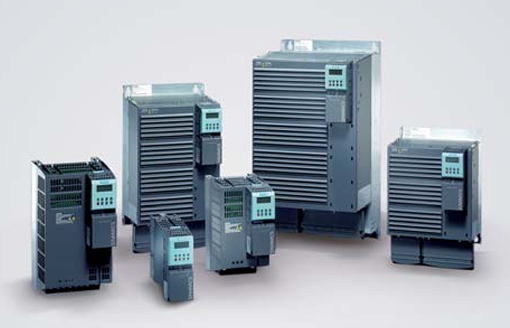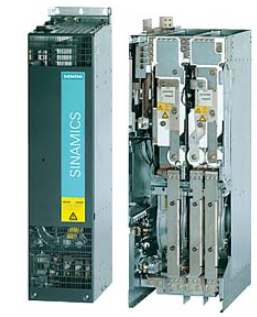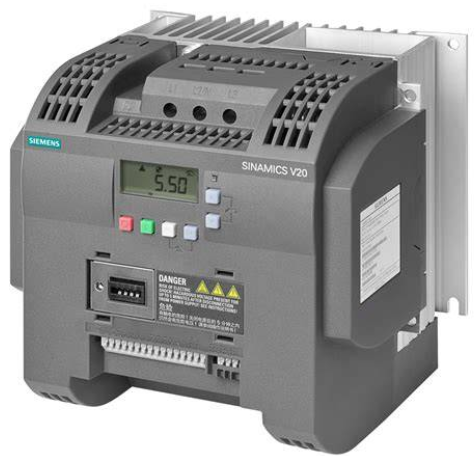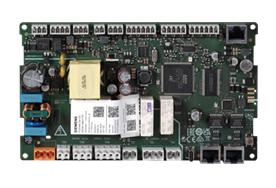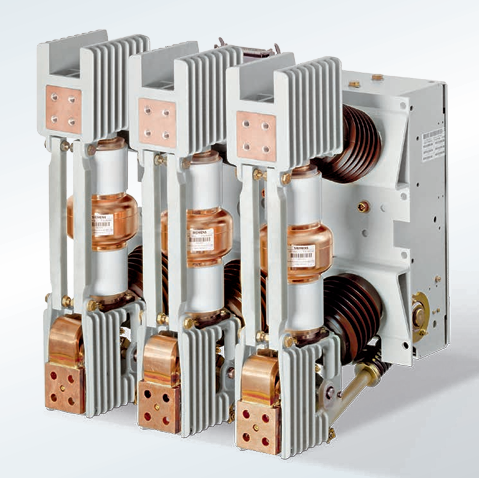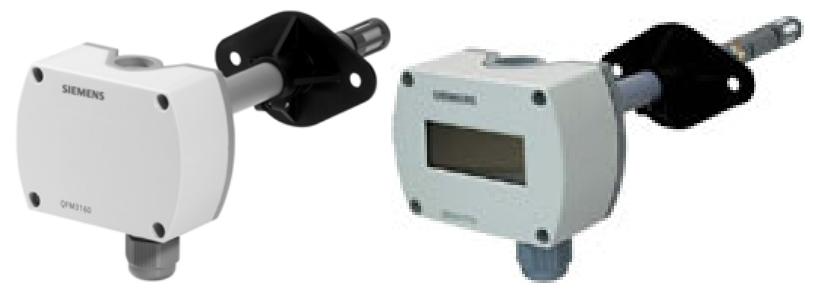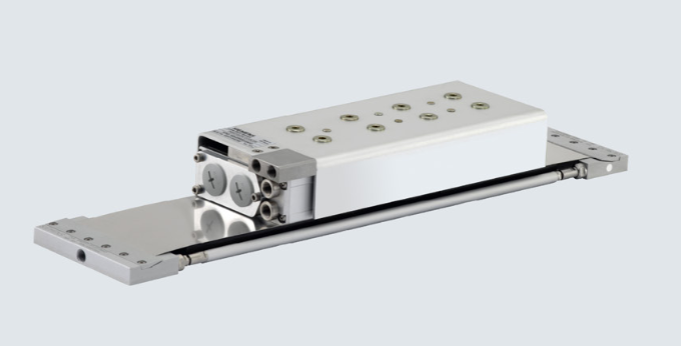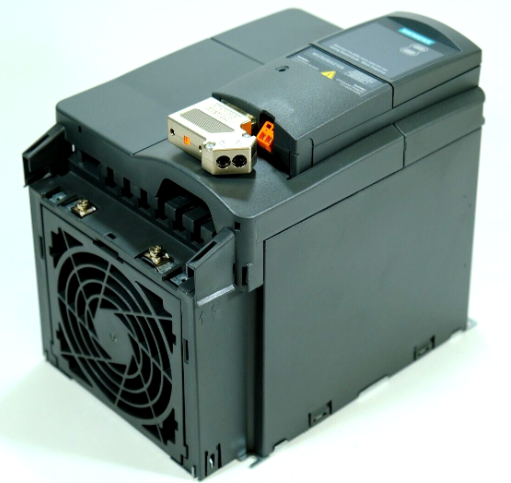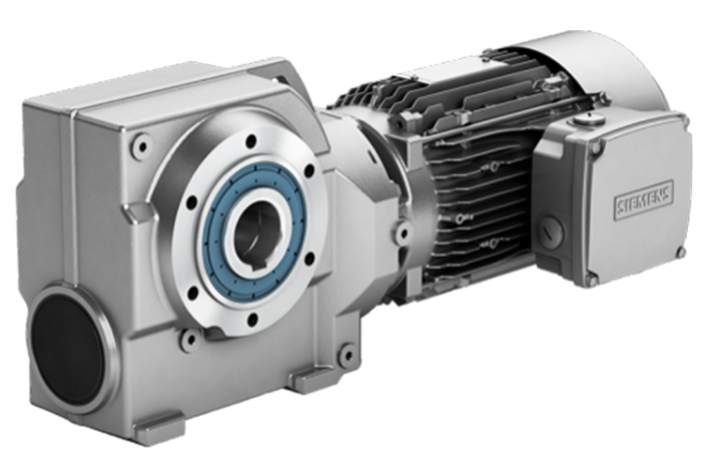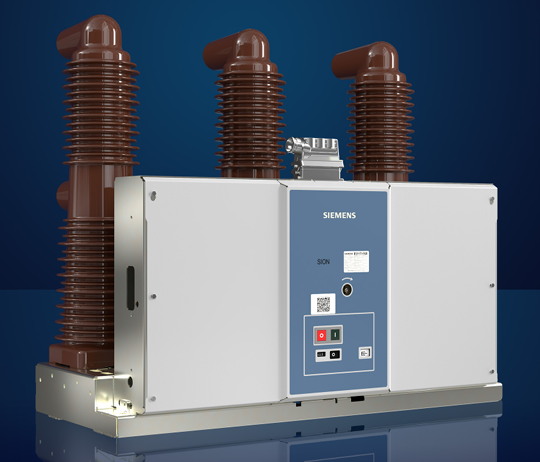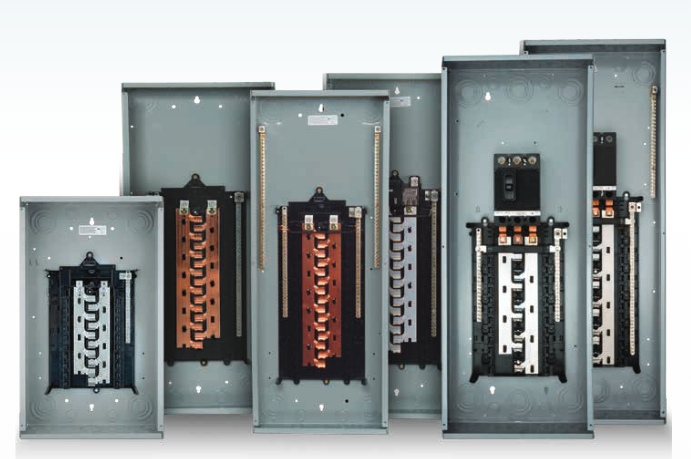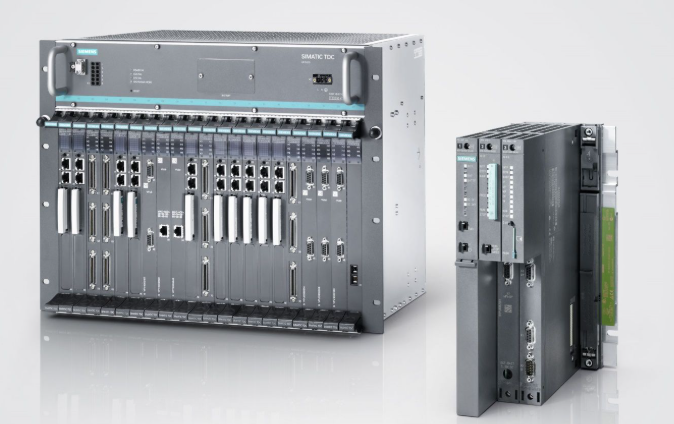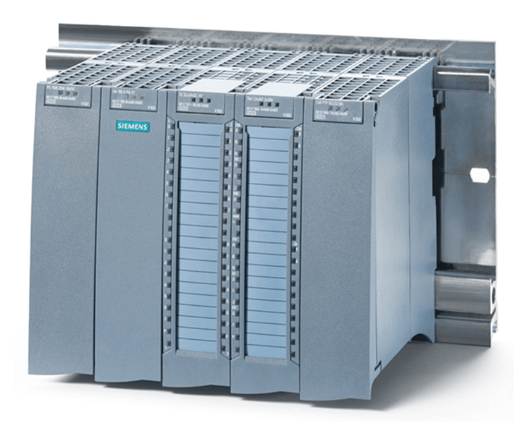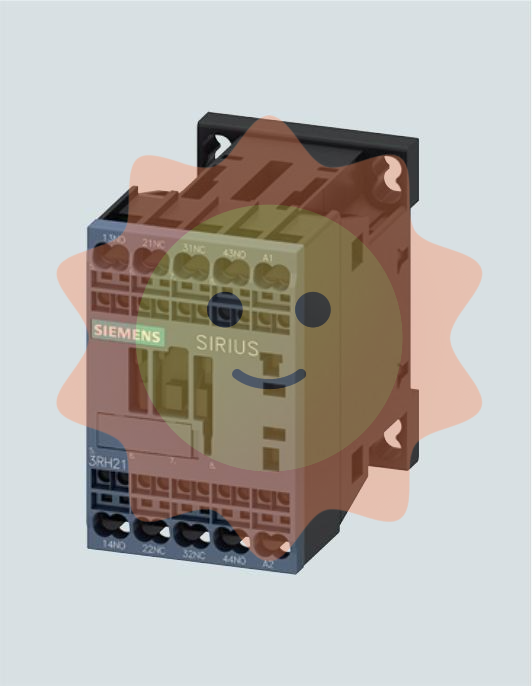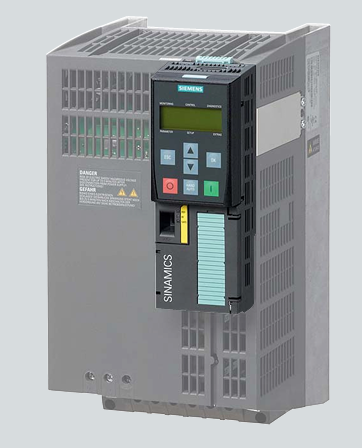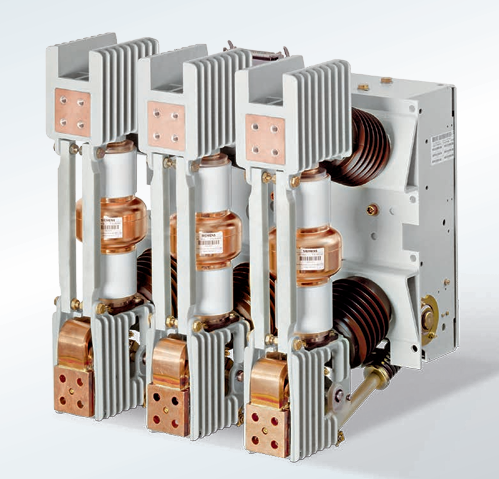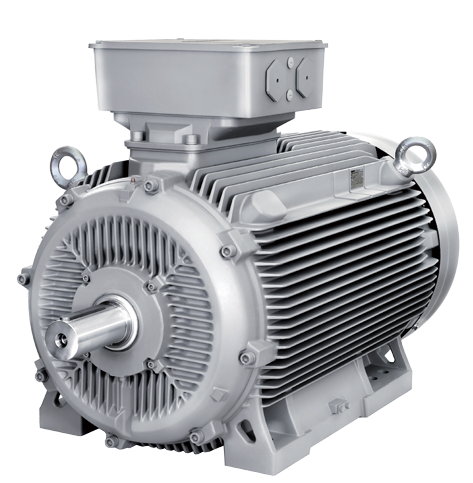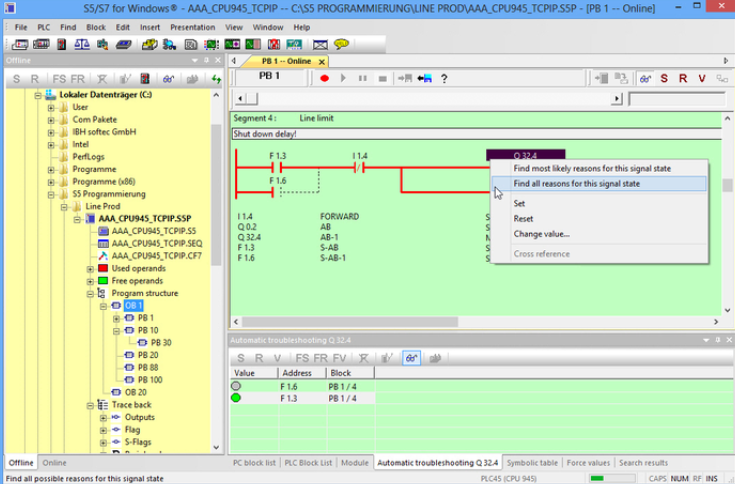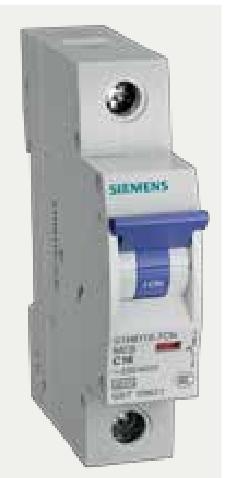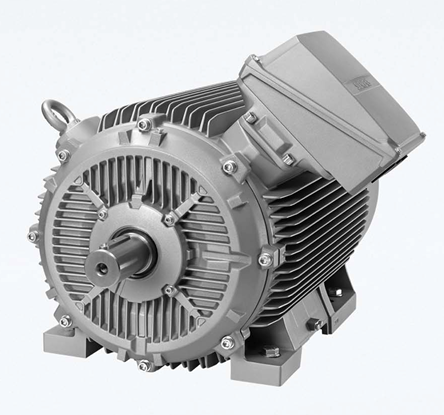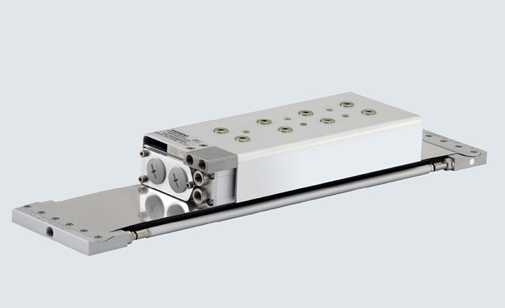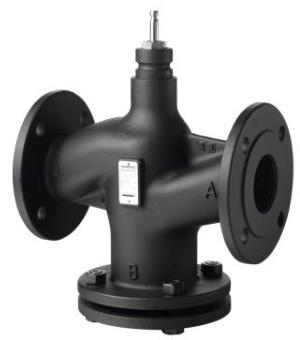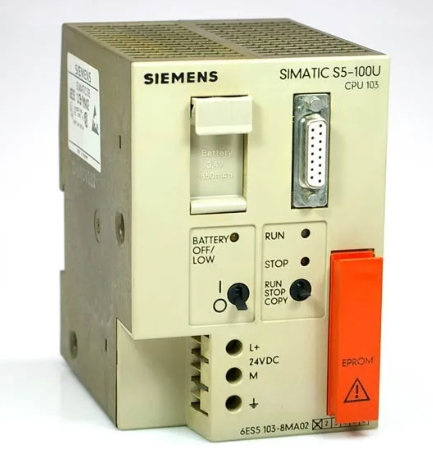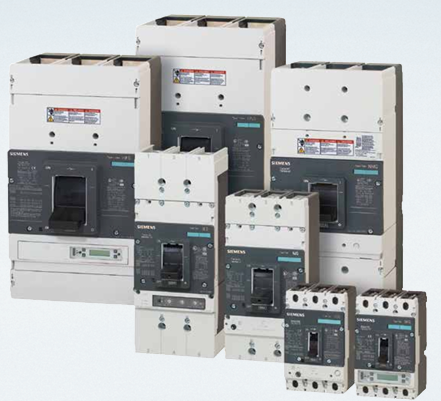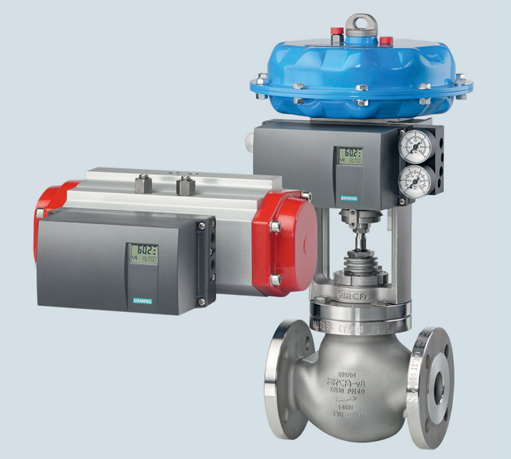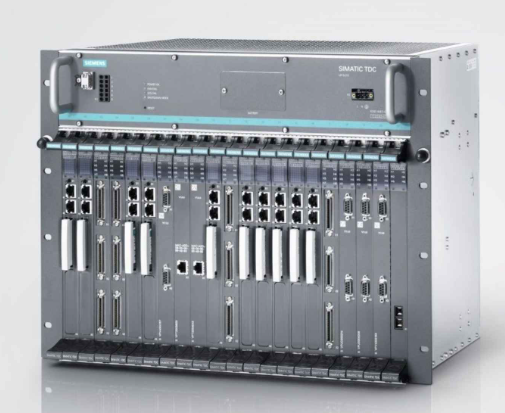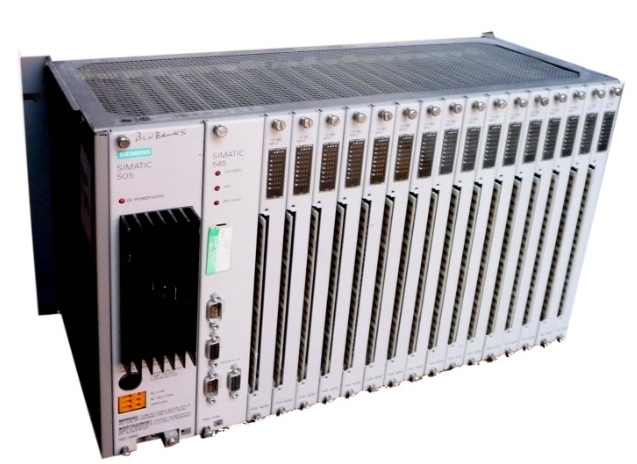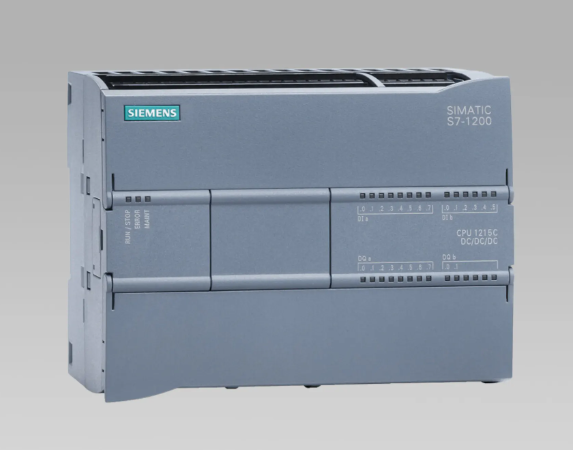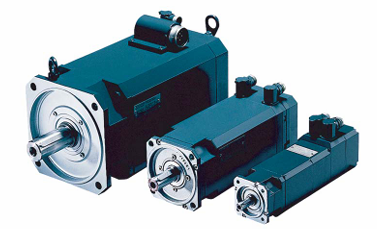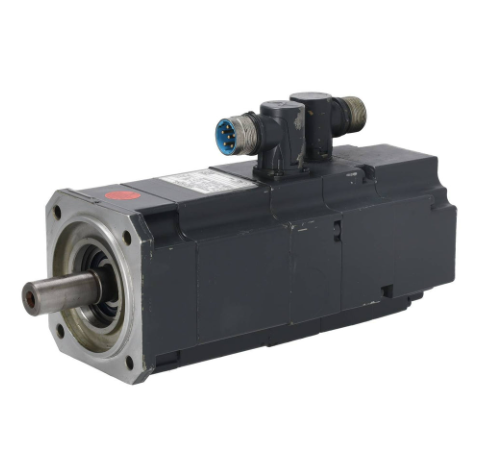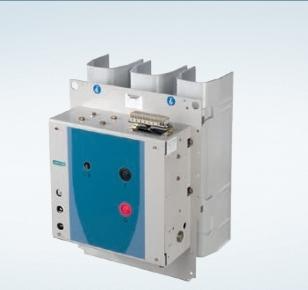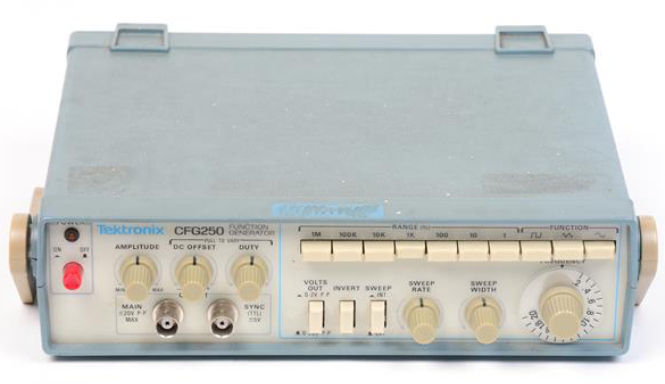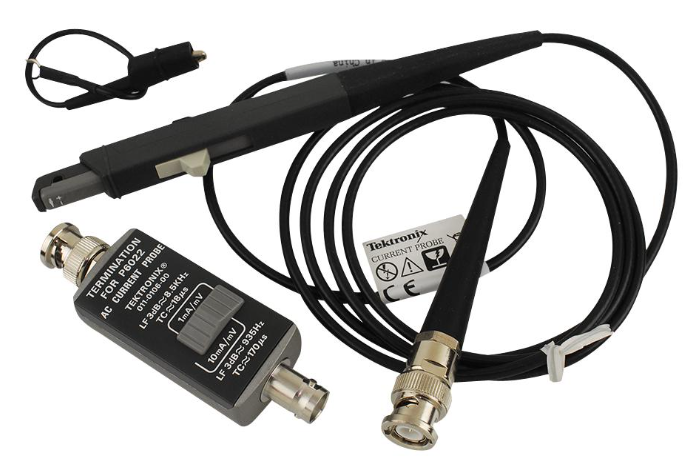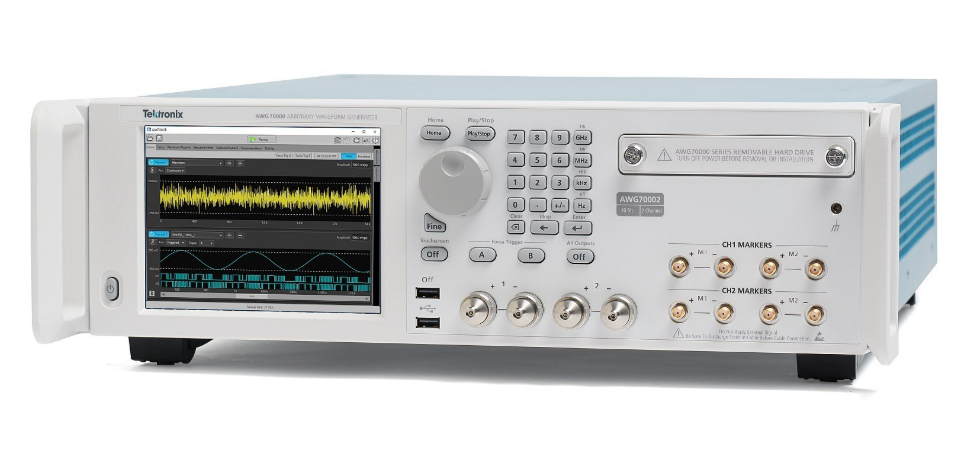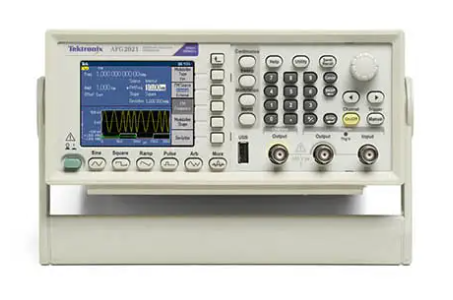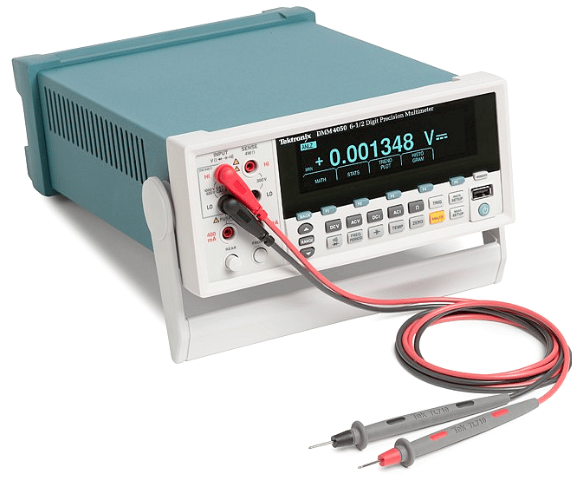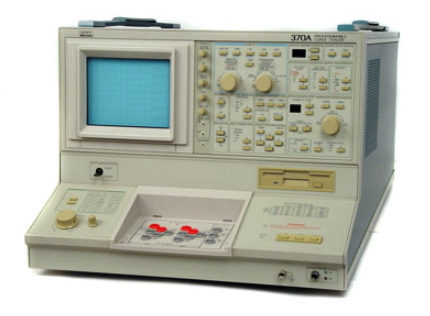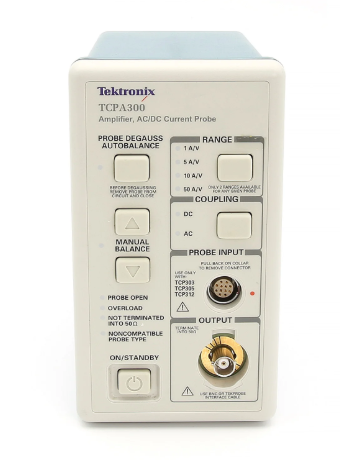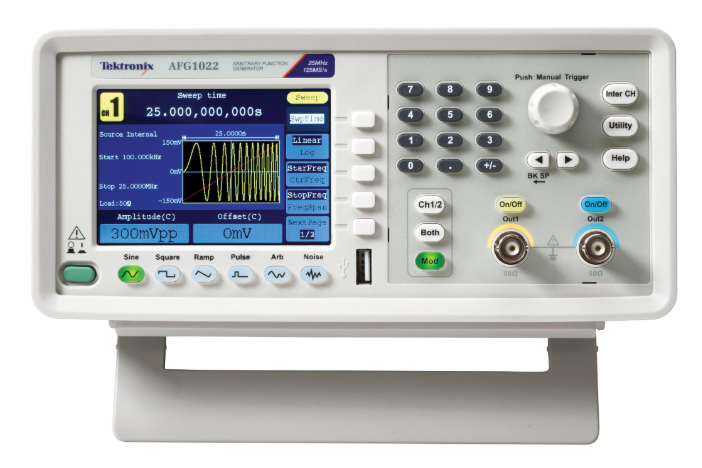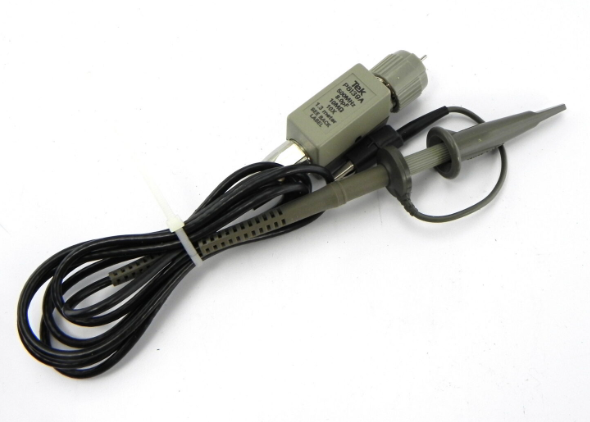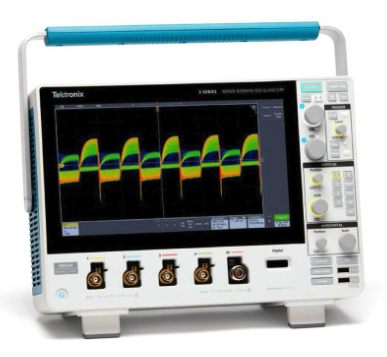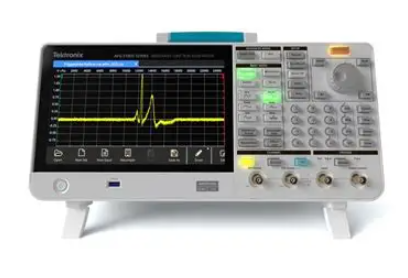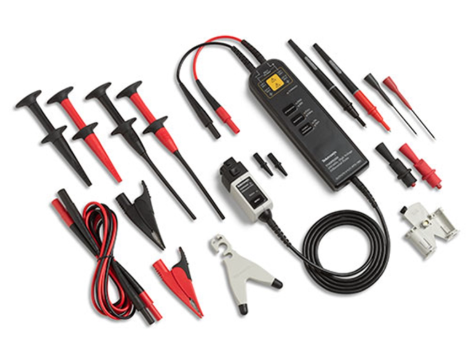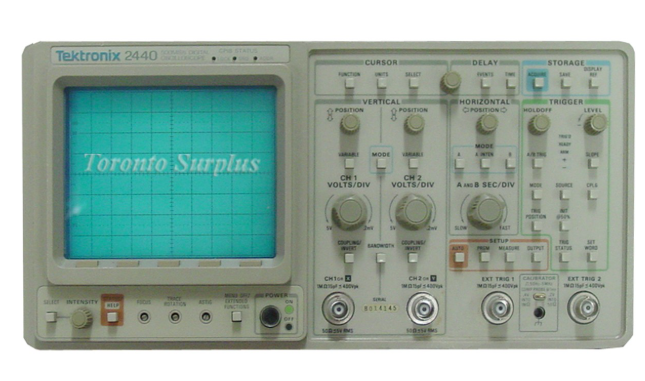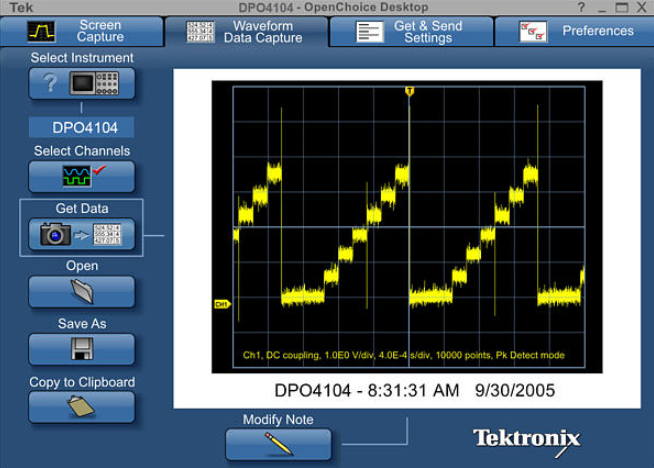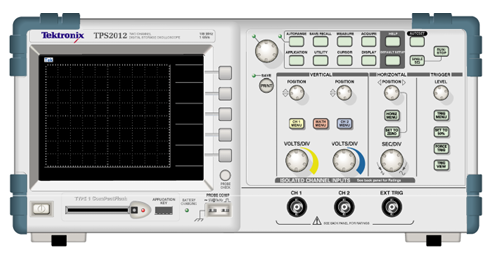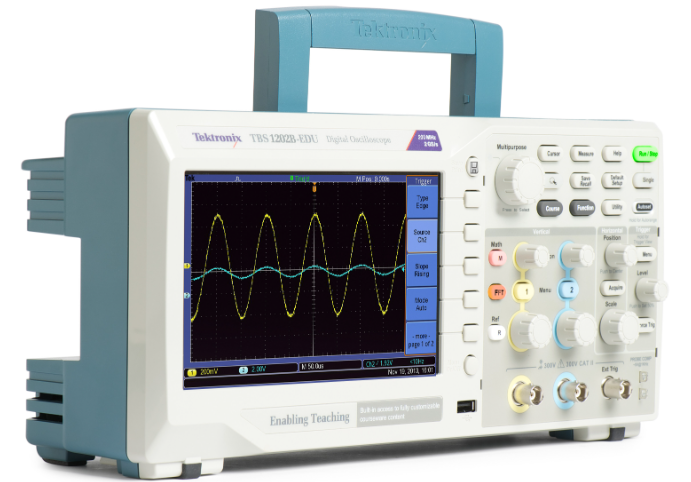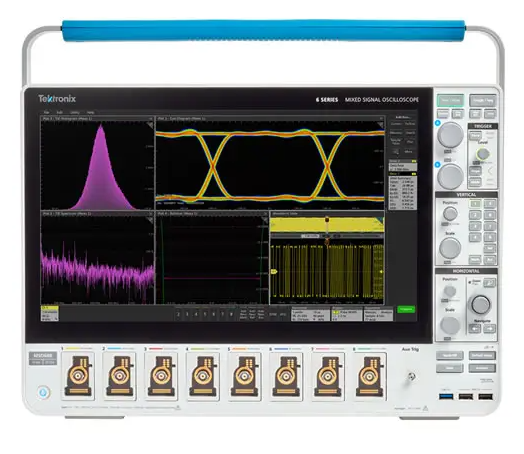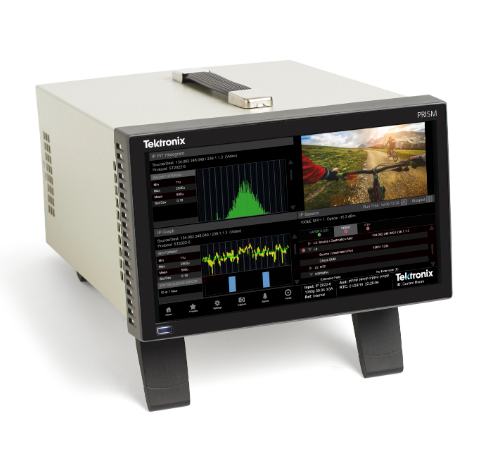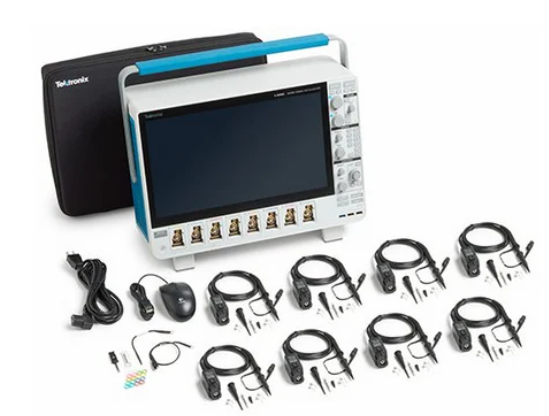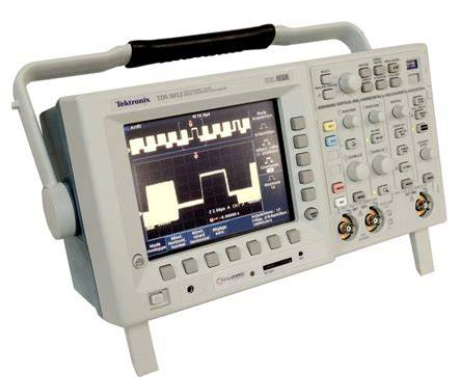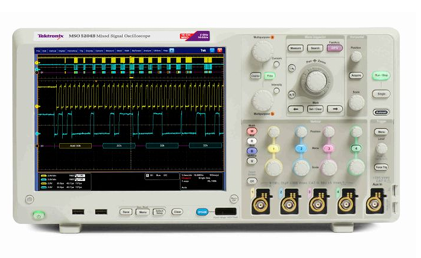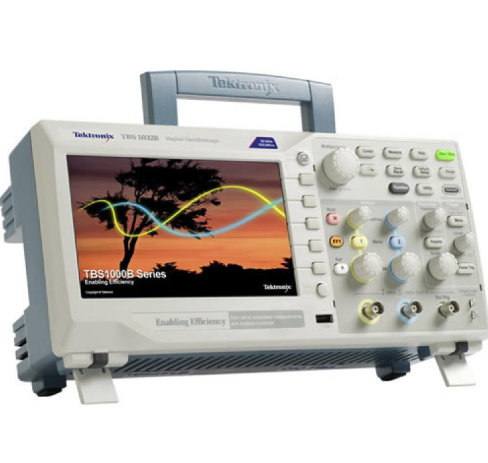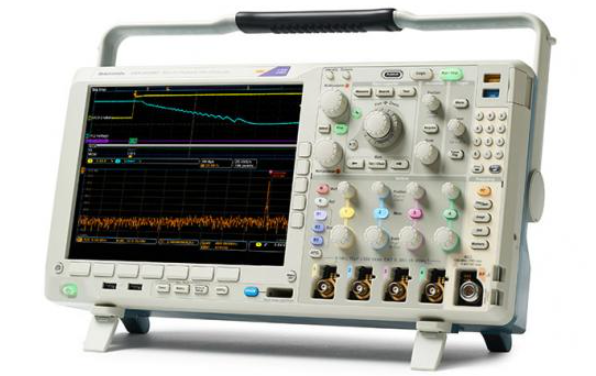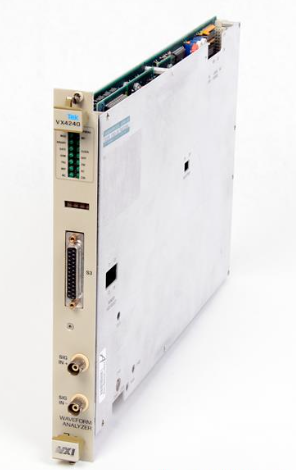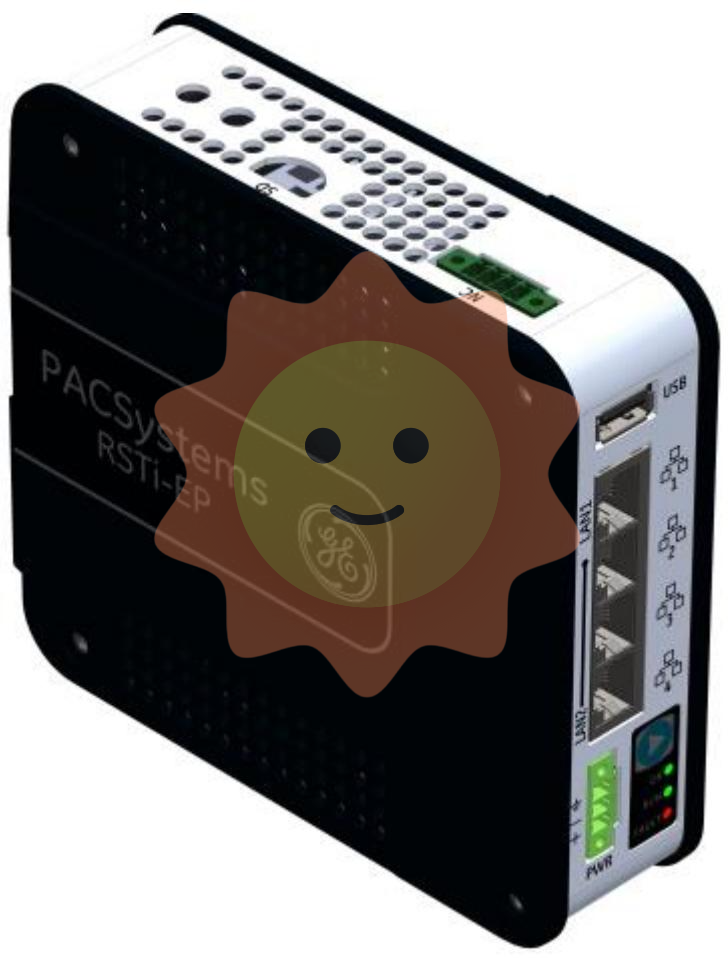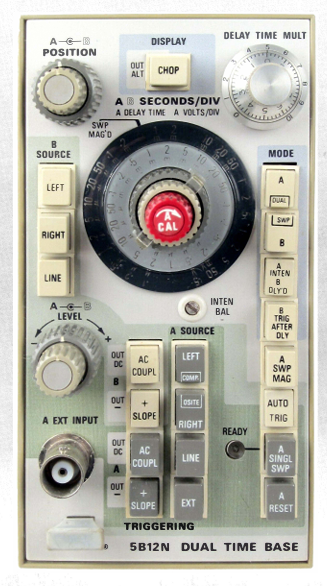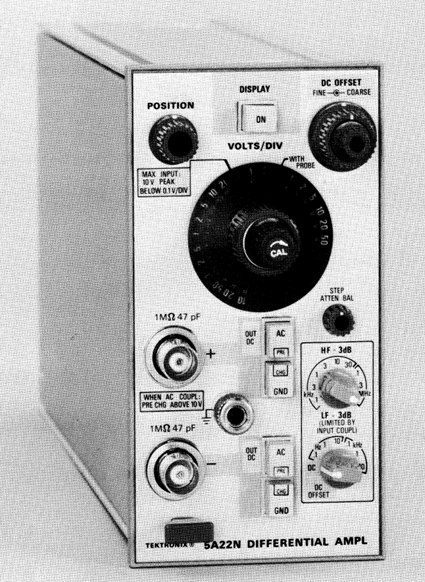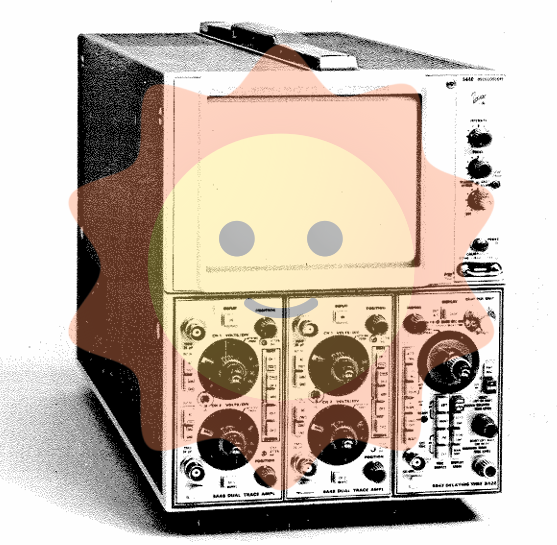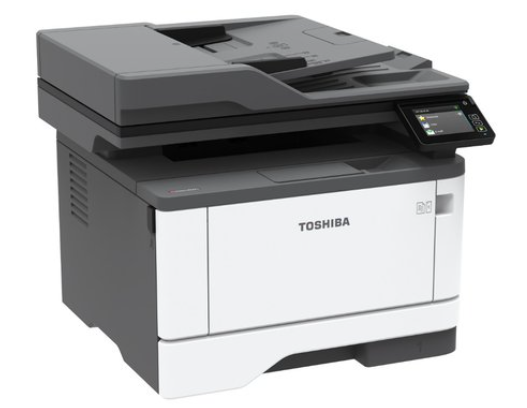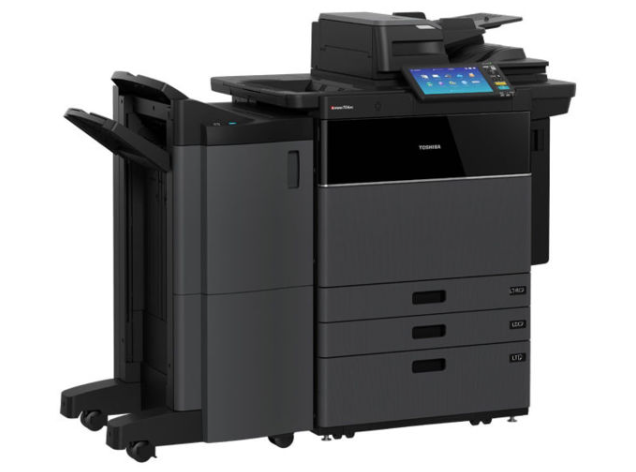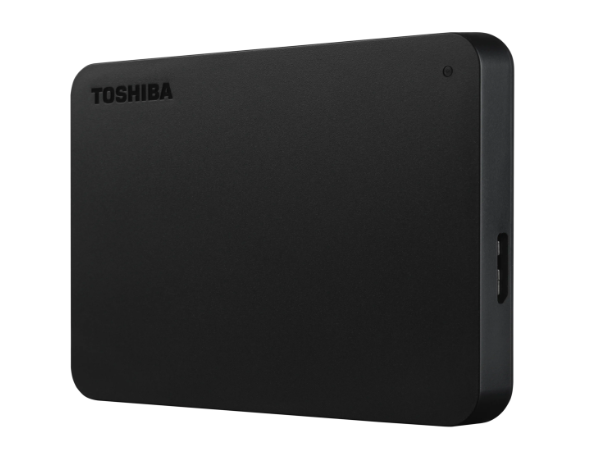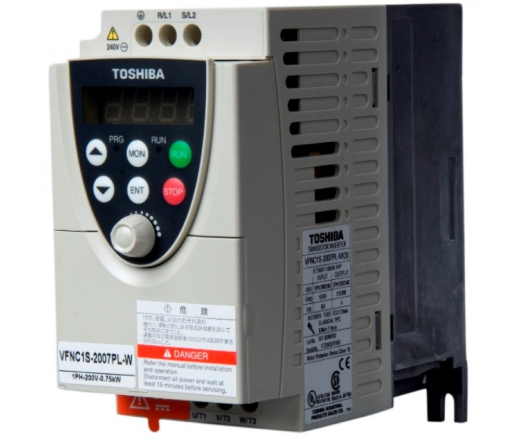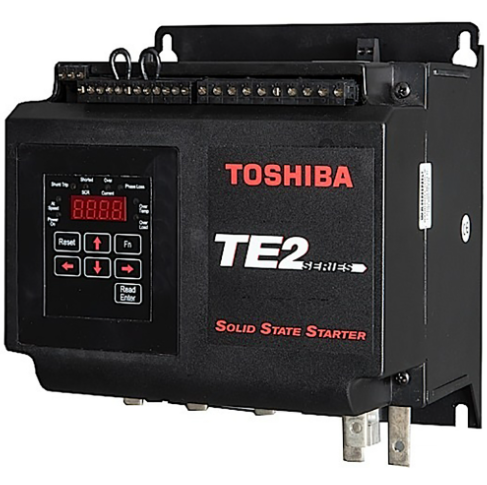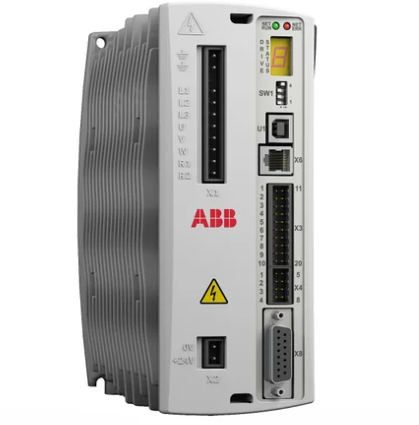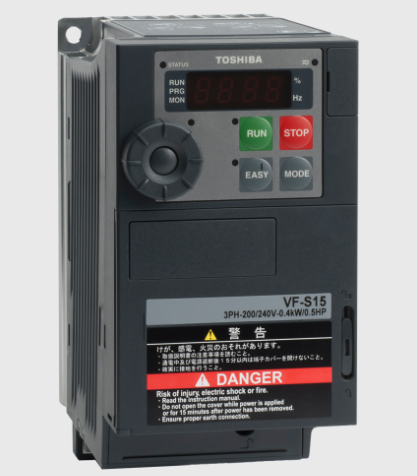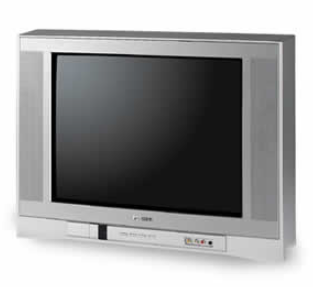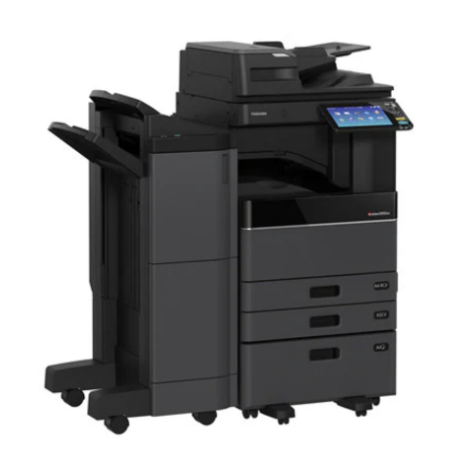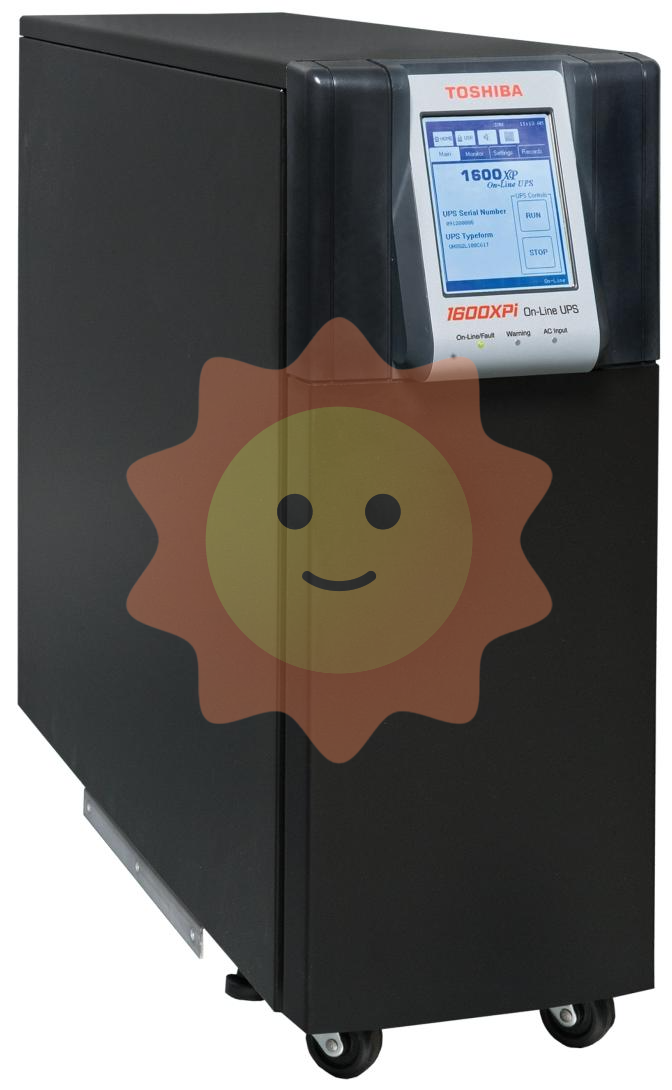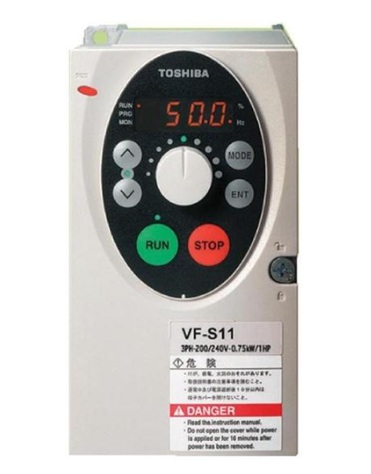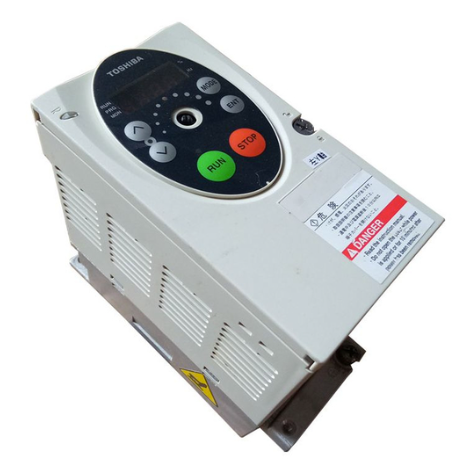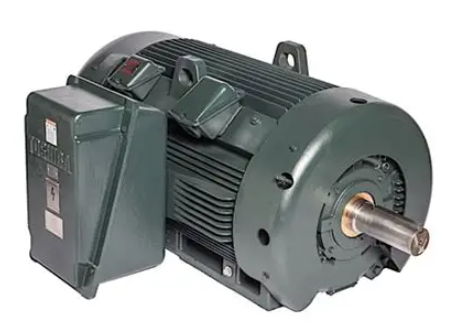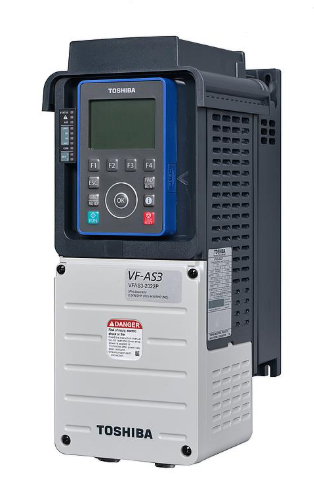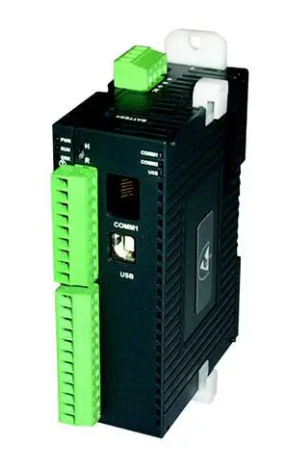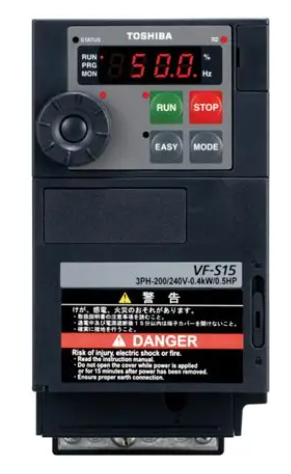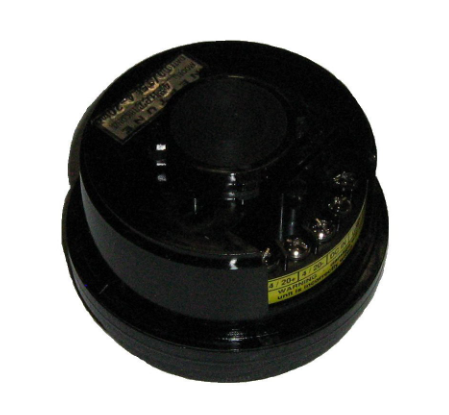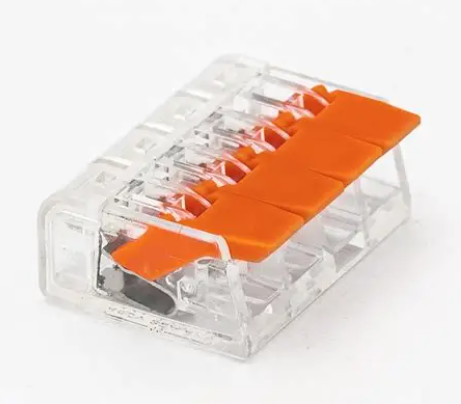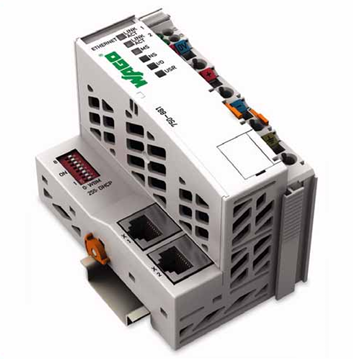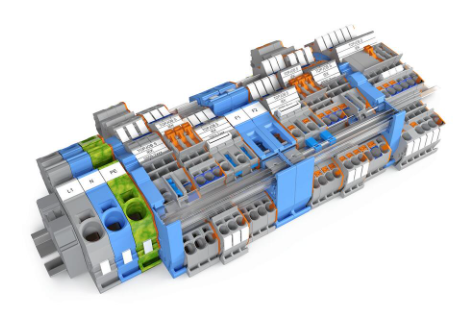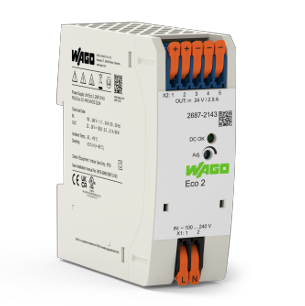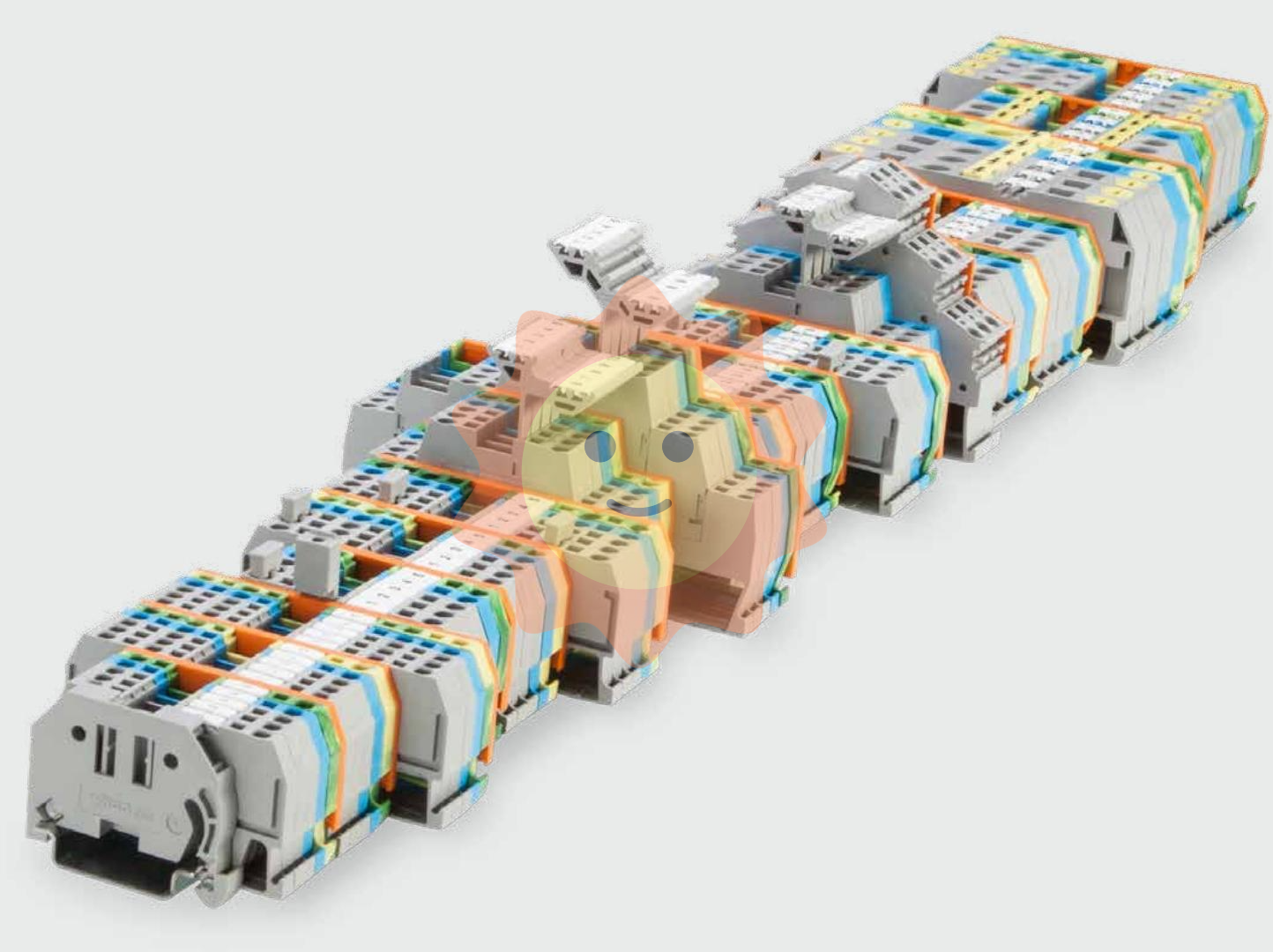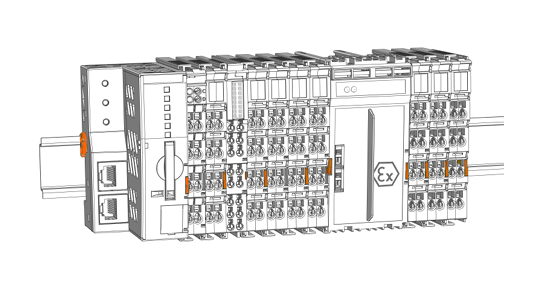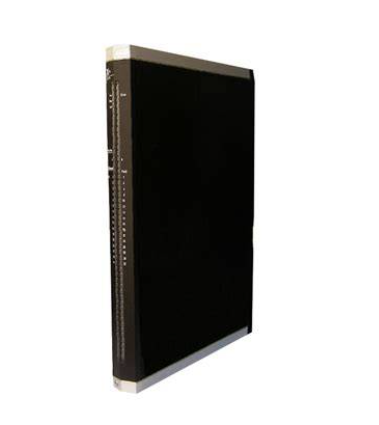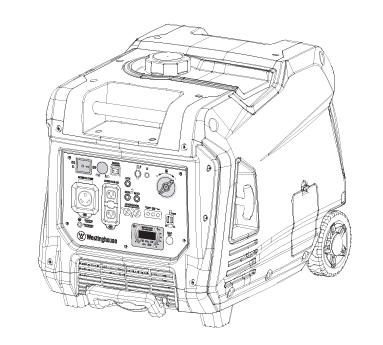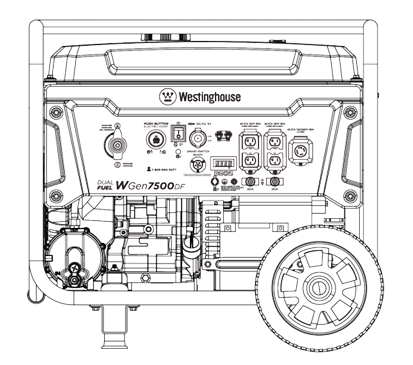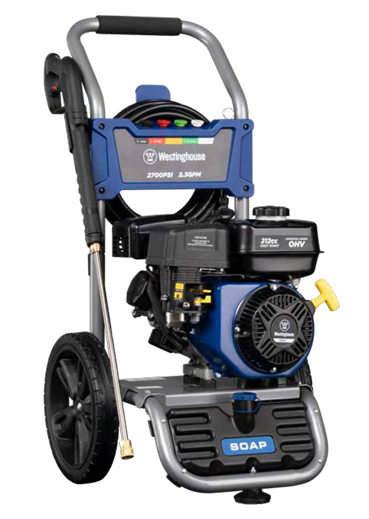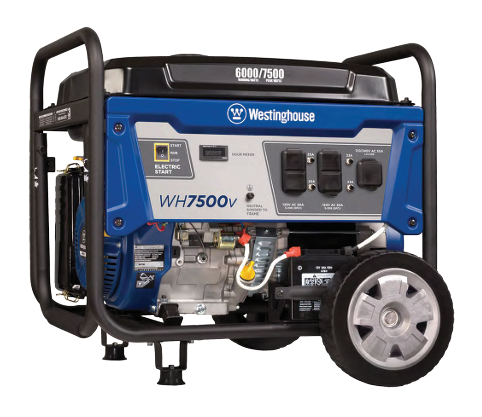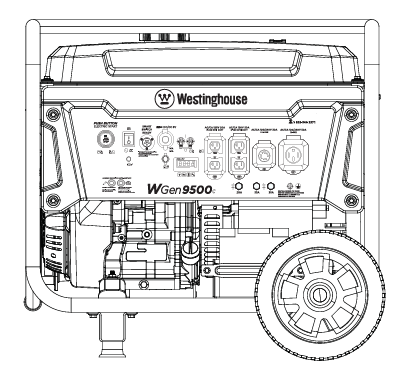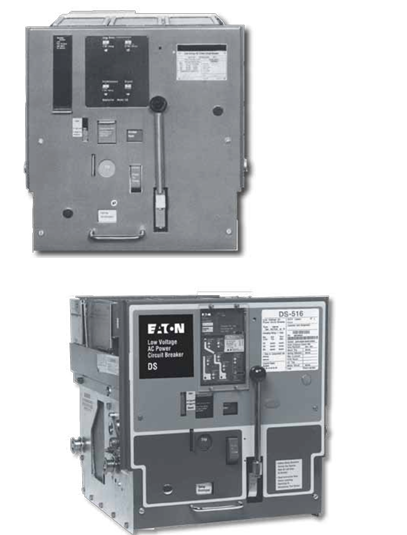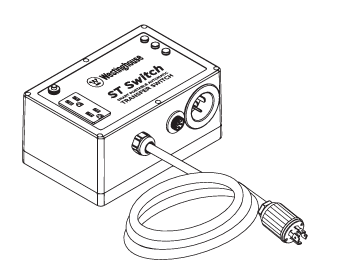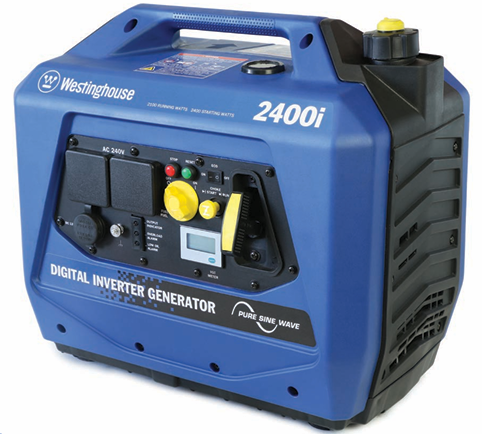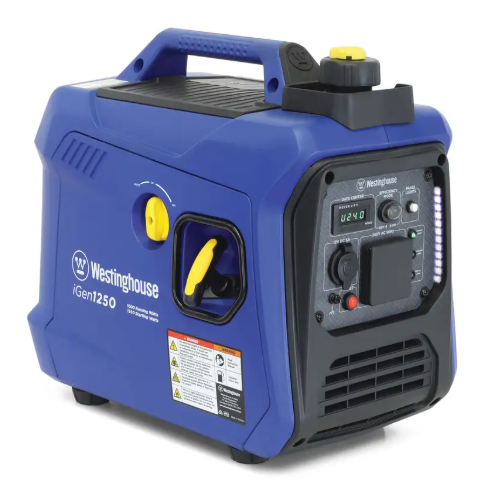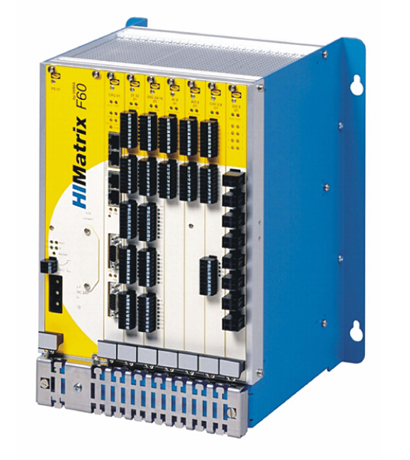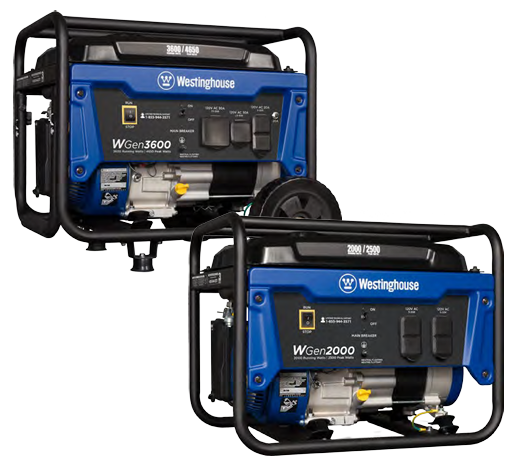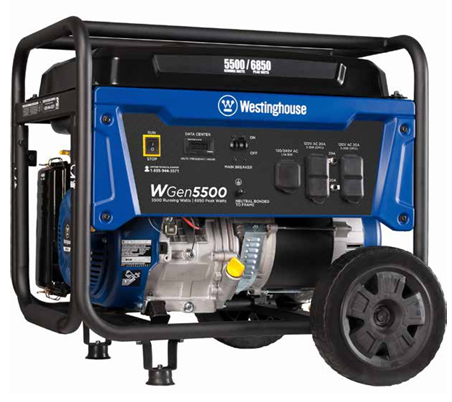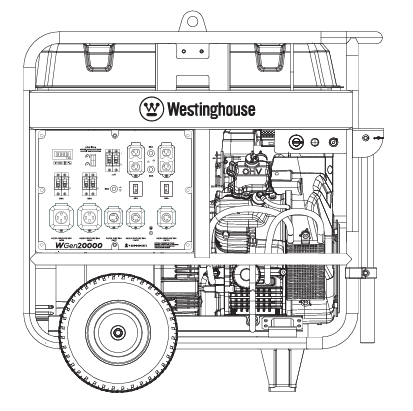ABB DSAO 110 Analog Output Module
ABB DSAO 110 Analog Output Module
Brand and Model
Brand: ABB
Model: DSAO 110
Function and Application
The DSAO 110 is an analog output module that converts digital signals into analog signals for output.
It is widely used in the field of industrial automation control, such as in the power industry, petrochemical industry, steel metallurgy, automobile manufacturing, machine tool equipment, and environmental protection treatment.
Technical Specifications
Output Signal: The module supports 4-20mA output signals, with high accuracy up to 0.1%.
Isolation: The module features isolation, ensuring signal integrity and reducing interference.
Channels: It offers multiple channels for analog output, typically 4 channels, capable of outputting signals in the range of 0-10V or 0-20mA.
Precision: The module boasts high precision, making it suitable for applications requiring accurate control.
Product Features
High Reliability: The DSAO 110 is designed for high reliability, ensuring stable operation in various industrial environments.
Wide Operating Voltage Range: It supports a wide range of operating voltages, adapting to different power supply conditions.
Compact Size and Easy Installation: The module has a compact size and is easy to install, saving space and simplifying maintenance.
Additional Information
Supplier Information: The DSAO 110 module is available from various suppliers, including those specializing in industrial automation and control systems.
Price: The price of the DSAO 110 module may vary depending on the supplier, quantity ordered, and other factors. It is recommended to contact suppliers for the latest pricing information.
The IO module has the following main functions
Input Function
The IO module can receive input signals sent by external devices and convert them into digital or analogue signals for use by the computer system or control system. These input signals can come from a variety of sensors, such as temperature sensors, pressure sensors, photosensitive sensors and so on. By receiving and parsing these input signals, the system can monitor and control the external environment in real time.
Output Functions
The IO module is capable of converting the output signals generated by a computer system or control system into the form required by an external device. These output signals are typically used to control actuators such as motors, valves, lights, etc. By sending appropriate output signals to external devices, the system enables control and operation of the external environment.
Data Acquisition and Processing
The IO module is capable of acquiring data from external devices and transferring it to a computer system or control system for further processing. This enables the system to acquire environmental data, status information and user inputs in real time and make appropriate decisions or perform specific tasks based on these data.
Communication Interfaces
IO modules are usually equipped with different types of communication interfaces, such as serial interfaces (RS232, RS485), Ethernet interfaces, CAN bus interfaces, and so on. These interfaces enable IO modules to exchange data and communicate efficiently with computer systems or other external devices.
Installation and Maintenance
Environmental Conditions:
Ensure that the module is installed within the recommended temperature and humidity ranges and avoid direct exposure to water, oil, dust or electromagnetic interference.
Power Requirements:
Use a stable power supply to avoid damage to the module from voltage fluctuations.
Signal Cable Connection:
Connect the signal lines correctly to ensure the accuracy and stability of signal transmission.
Software Configuration:
Correctly configure the software parameters of the module according to the system requirements to ensure compatibility with other parts of the control system.
Maintenance and Inspection:
Perform regular maintenance and inspection of the module, including cleaning and checking the contact status of the connectors.
Precautions
Operator Training:
Operators should receive proper operation and maintenance training to avoid malfunctions or safety accidents caused by incorrect operation.
Technical Documentation and Safety Guidelines:
The technical documentation and safety guidelines provided by the manufacturer should be read and understood in detail before installation and use.
Compliance with safety procedures:
Observe all relevant safety procedures to ensure personal safety, especially when handling high-pressure or high-speed rotating equipment.

- User name Member Level Quantity Specification Purchase Date
- Satisfaction :
-









Email:wang@kongjiangauto.com

